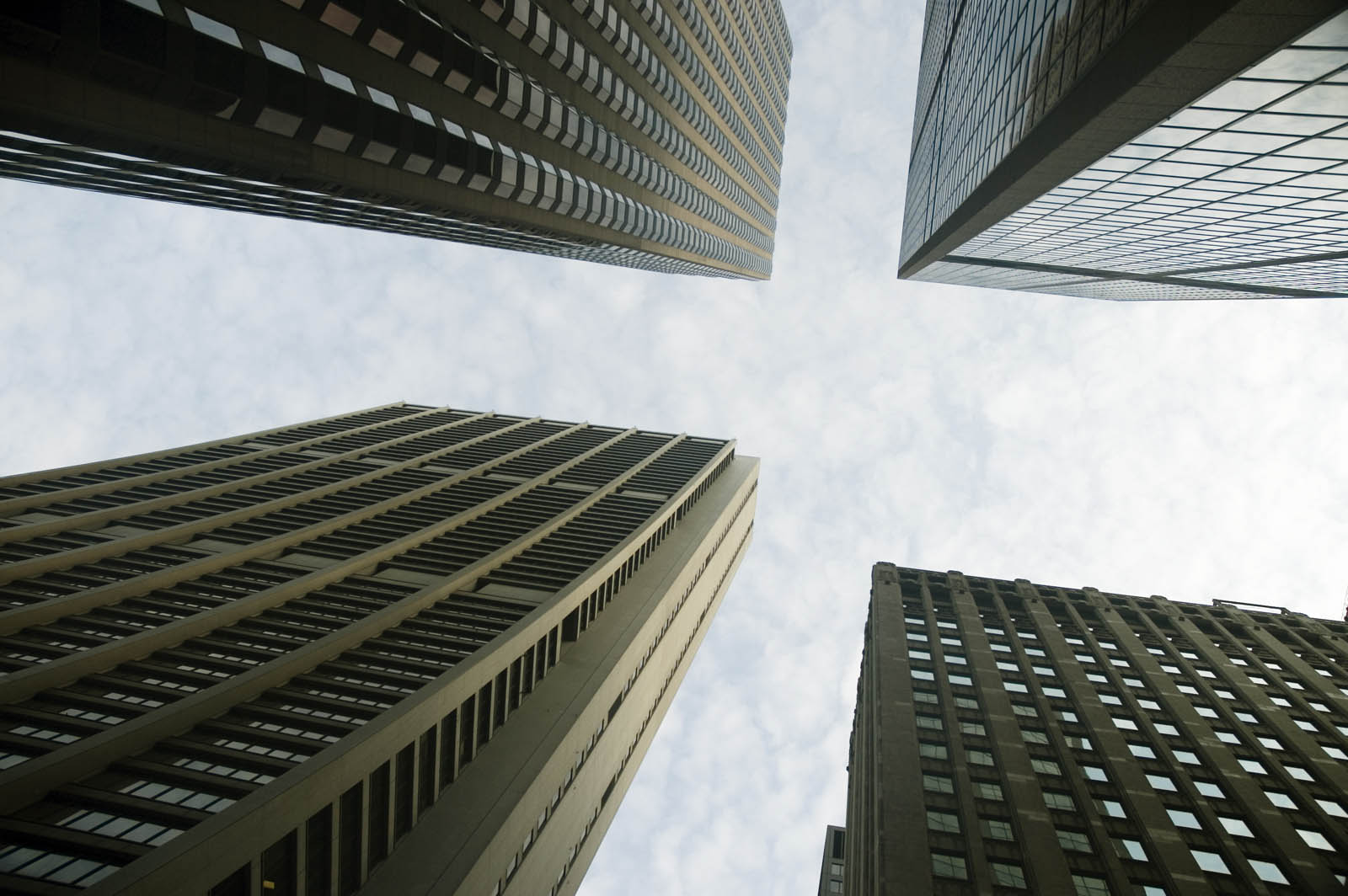The viewing angle is a measure that shows how much scene or element a lens can absorb. The measurement is displayed in degrees and can be performed horizontally, vertically, or diagonally on an image.
In this case, focal length is critical: lenses with a shorter focal length can capture more than one scene in a single photo, while longer focal lengths offer more limited vision. Of course, you can move the camera away from the scene. to bring more items to the photo, or zoom in on the model to fill the image further. Another option is to stay in the same place and use the zoom to zoom in or out of the frame. Whatever you choose, the viewing angle of the focal length of your photo lens will not change.
- What really changes is the relationship between the objects in the photo if you and your camera get closer or closer.
? If you approach the scene to photograph with a wide-angle lens, you’ll capture more background elements than the main subject of the image.
? In turn, the long lens behaves the other way around when you walk away: it will record a smaller part of the background compared to the main object.
When photographers talk about the focal length of a lens, they want to focus on the viewing angle, as the viewing angle will determine how a scene can be framed and composed in a photograph.
That said, longer lenses, with focal lengths of 200 mm, 300 mm and 400 mm, offer narrower angles, making it easy to insulate objects in a wider scene. It’s easy to isolate these objects, it’s also easier to lose them in a larger scene, because minimal digital camera movement can cause dramatic effect and you’ll have to refocus.
This problem is highlighted if you try to photograph a moving object or element, such as photographing birds flying nearby with a 600 mm lens.
Wide-angle lenses reverse this problem: focal lengths between 16 and 35 mm are able to capture various details from a photo and, therefore, it is easier to quickly frame and recompose a scene.
But, like everything in life, there is one drawback: in this case, it is easier to record distracting and unwanted elements, which enter the frame when you are positioned to photograph. In this way, it becomes more difficult to highlight a single main element in a rich scene full of “noise”.
All these different angle features can be used creatively in your photos. For example, if you are in a very small place, where there is not much room to move, you can use a wide angle to capture the main element of the image and what surrounds it.
You can also play with the ladder, because objects near the camera will look much larger than distant ones.
The smaller the focal length, the greater the viewing angle. For example, can an 8mm fisheye lens capture a 180-degree image?If you are not careful, even your foot may appear in the image.
On the other hand, telephoto objs offer a viewing angle of only three or four degrees.
With that in mind, it’s easier to choose the right lens for the scene you’re representing.

